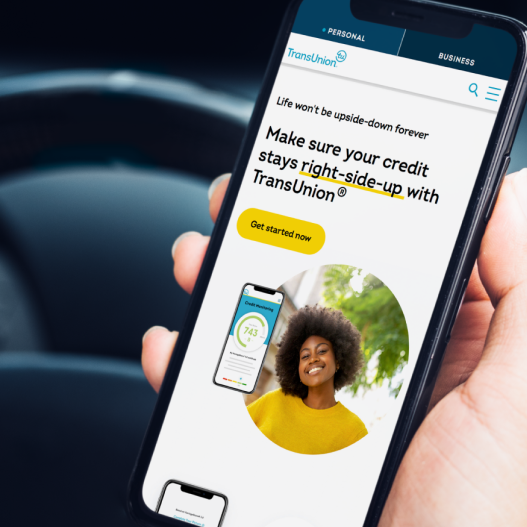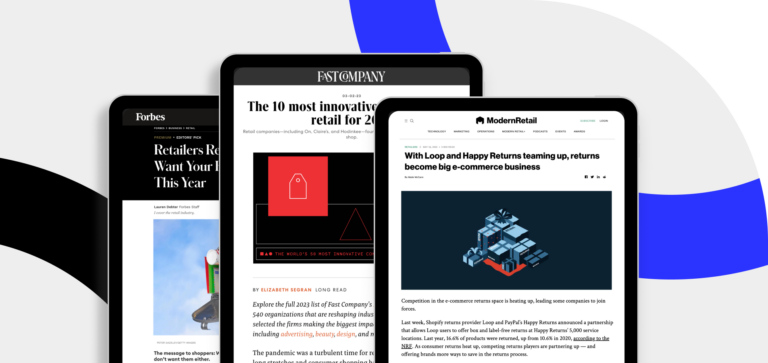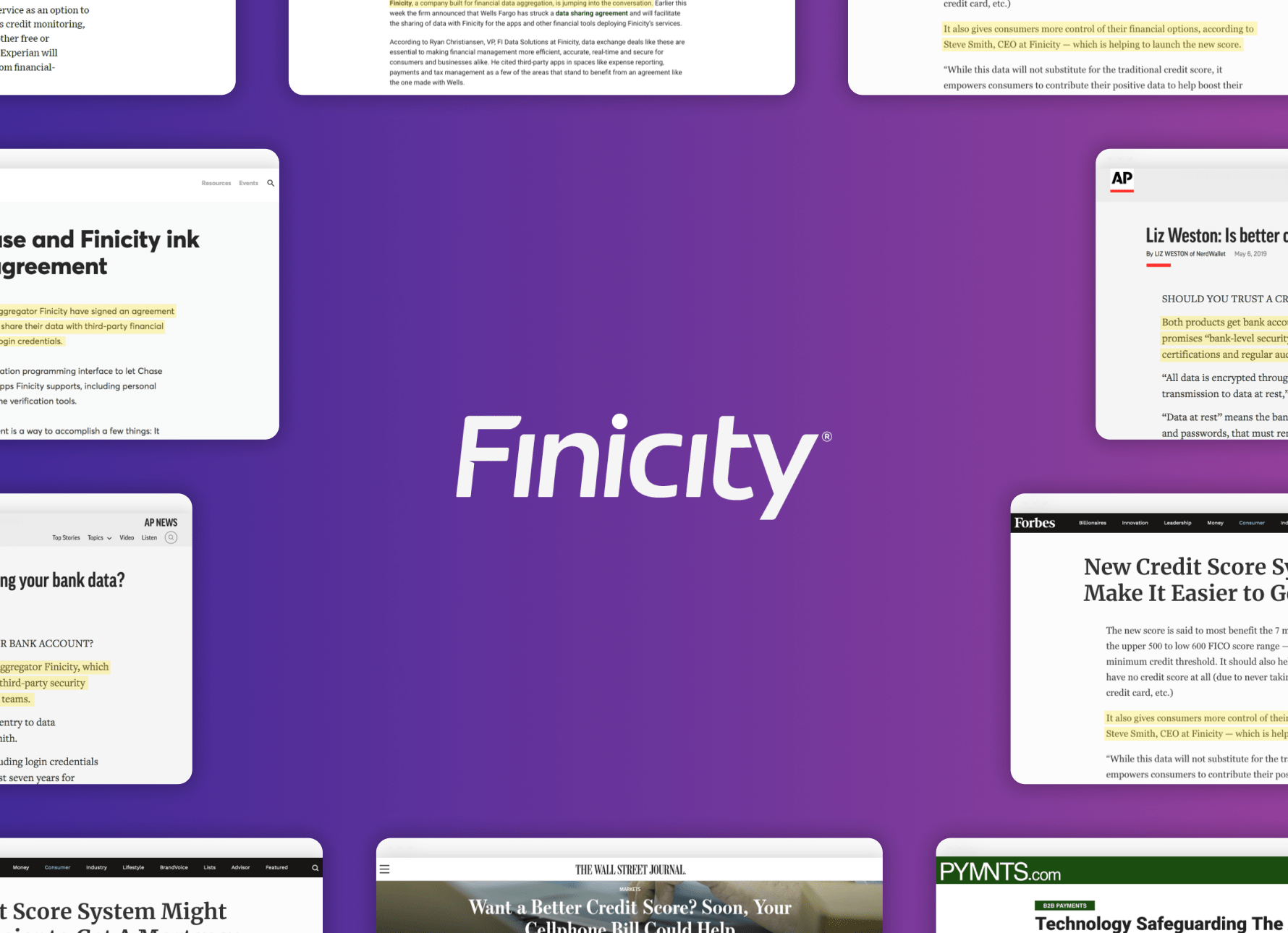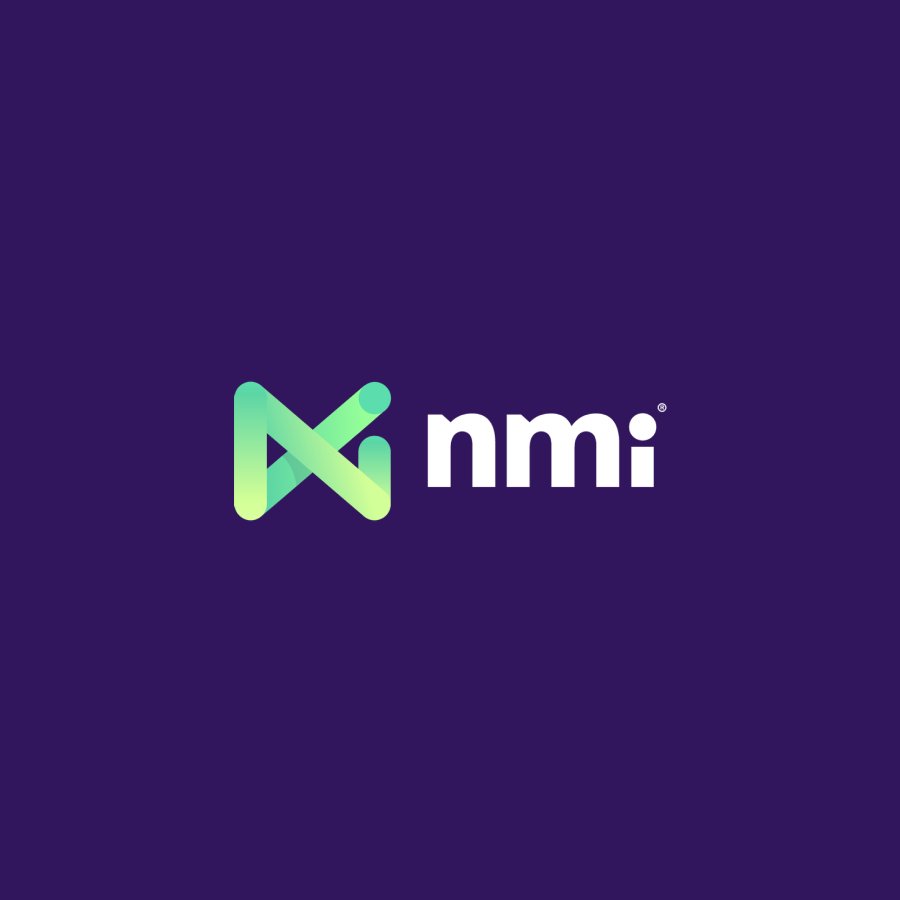Fintech + Financial Services
Demonstrate your value and attract investors with B2B fintech marketing services that help you stand out, from B2B tech PR to demand generation.







Challenge the status quo with a B2B fintech marketing agency
The fintech and finserv space remains a top industry for marketing spend — and that makes your ability to differentiate your brand and establish credibility table stakes. But you can’t just run with the pack to attract new customers, gain funding or challenge industry norms. You need a fintech marketing agency that understands the unique challenges your business faces.
Whether your goal is to establish credibility, generate leads or increase brand awareness, our teams are backed by more than a decade of industry experience. We deliver tailored services that drive the outcomes you need. From expert fintech PR to eye-catching creative, we deliver tailored services that drive the outcomes you need. As a result, you’ll get the right people talking about your offerings, break the fintech industry status quo and measurably grow your business as the landscape evolves.
Build trust and boost investor appeal with B2B fintech marketing services
Deliver the right message to the right stakeholders at the right time with B2B fintech marketing services tailored to your unique goals.

Enhance visibility with your ideal audience
High-quality B2B media relations are the key to increasing brand awareness, regardless of your end goal. Whether you want to reach ISVs, merchants or developers, you need access to reporter relationships to secure placements that spotlight your business.
Generate leads with a fintech digital marketing agency
From targeted LinkedIn ads to paid search programs, you need marketing tactics built for your business and designed to amplify your fintech brand.
Establish industry expertise with thought leadership content
Your content has to resonate with your audience to build trust and credibility in the fintech space. With data-driven thought leadership content, you can boost executive visibility while providing insights that speak to your target audience’s most urgent pain points.
Stand out in the saturated market
From original illustrations to full-fledged campaigns, you need creative assets that differentiate your brand. To get there, it takes insight-led strategies designed to engage your audience and demonstrate the value of your offering.
Invest in your success with expert fintech PR
When you partner with Walker Sands for fintech PR, you gain access to the industry experience and media and influencer relationships you need to execute the outcome-based strategy that’s right for your fintech company.
Walker Sands works with fintech companies that specialize in:
- Payments processing and value-added services
- International money transfer and cross-border payments
- Alternative payments and cryptocurrencies
- Peer-to-peer payments
- Alternative lending and alternative investment platforms
We leverage our extensive fintech PR expertise to efficiently deliver on your marketing and business goals. From strategy to execution, we help you define your goals and identify challenges before rolling out a targeted marketing strategy tailored to your fintech business.
Our fintech PR services include:
- Media and influencer relations
- Strategic messaging and thought leadership campaigns
- Proprietary research and data-driven PR
- Content development and distribution
Explore our work in the fintech arena

“Thanks to Walker Sands’ strategy in launching our Visa partnership before the show, when I showed up, a lot of buzz had already been created and we were hot.”
Natalie Hahn
Vice President, Marketing Communications
Strategies to optimize your B2B fintech marketing outcomes
-
Establishing IPO Readiness: Building Your Brand Beyond the Balance Sheet
-
Measuring the Success of Your Rebrand
-
3 Signs You’re Ready To Invest in Market Research
Explore more outcomes and solutions from Walker Sands
Get in touch with our B2B fintech marketing experts.

Senior Vice President, PR


